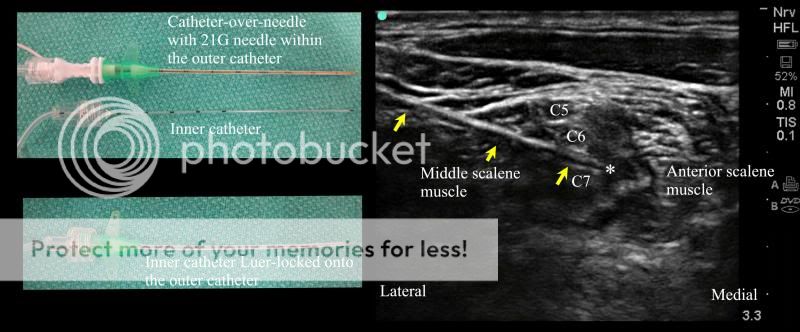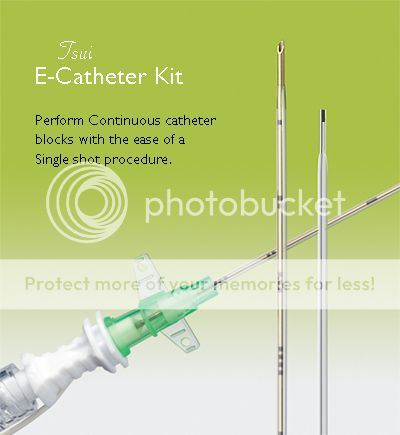- Joined
- May 2, 2011
- Messages
- 962
- Reaction score
- 21
We just started doing adductor canal catheter infusions for TKA and the nurses are really upset about leakage from the insertion site. We'be told them its normal and they should just wipe it away and reinforce with tape as nexessary. but When pts get up to walk, the fluid runs down their leg into their wound dressing.
We occasionally use dermaflex, a generic Dermabond, to seal the site, but its expensive. Also, when used on surgical wounds, it takes like 7 minutes to dry. Wiki says its 2-octyl cyanoacrylate.
I think the BlockJocks ppl were using histoacryl, which is butyl-cyanoacrylate. Apparently you only have to wait 30 seconds. On their videos they have a small bottle (15ml?) and they use it on multiple patients, by using a sterile straw to withdraw a few drops. I think it's expensive too, but if you can use it multidose it would be cheaper. I only found single patient use 0.5ml ampules on Google.
Does anyone have experience with these glues? Cost is important at my hospital.
We occasionally use dermaflex, a generic Dermabond, to seal the site, but its expensive. Also, when used on surgical wounds, it takes like 7 minutes to dry. Wiki says its 2-octyl cyanoacrylate.
I think the BlockJocks ppl were using histoacryl, which is butyl-cyanoacrylate. Apparently you only have to wait 30 seconds. On their videos they have a small bottle (15ml?) and they use it on multiple patients, by using a sterile straw to withdraw a few drops. I think it's expensive too, but if you can use it multidose it would be cheaper. I only found single patient use 0.5ml ampules on Google.
Does anyone have experience with these glues? Cost is important at my hospital.


